Granular media
Grain interaction drive a rich array of behaviors in granular media. The same material can show characteristics of solids, liquids or gases. We use discrete element method (DEM) simulations - coupled with continuum fluid dynamics (CFD) - to understand the nonlinear response of 3D granular media to acoustic waves and to study stick-slip regime in dry and wet sheared granular media.
Behind nonlinearity: grain-scale interactions
Acoustic probing techniques are currently researched and developed worldwide to detect and localize defects in materials without destroying them. These techniques can nondestructively probe granular packing and give us insight into contacts and particle arrangements, which drive the material behavior.
In this work, we want to better understand how a wave signature relates to the inner composition of the granular medium it travelled through. We do so by running frequency sweeps on loaded packings of glass beads and by sending shear- and pressure waves through granular media in different states. Thanks to the nature of simulations, we can record and study grain movements and contact dynamics in the entire sample and we can compare different experiments on the exact same initial sample.
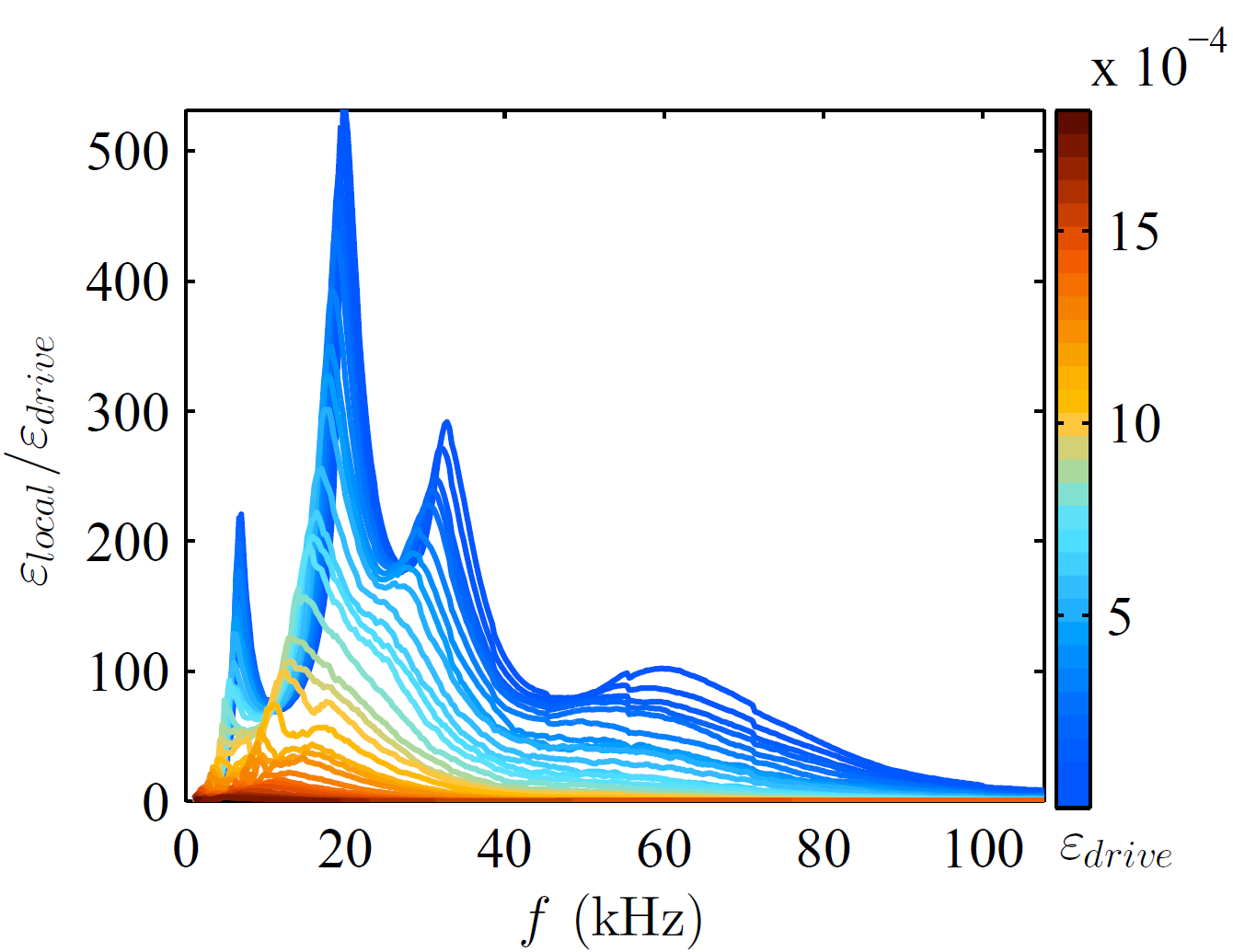
We study the resonant frequency of loaded packing of glass beads. We report a low drive strain region where the resonant frequency is independent of the drive strain amplitude, and a high drive strain region where the resonant frequency decreases as drive strain increases; this indicates weakening. To understand weakening and the role of drive strain and loading stress, we study the system at the contact scale during frequency sweeps and in particular at resonant frequency.
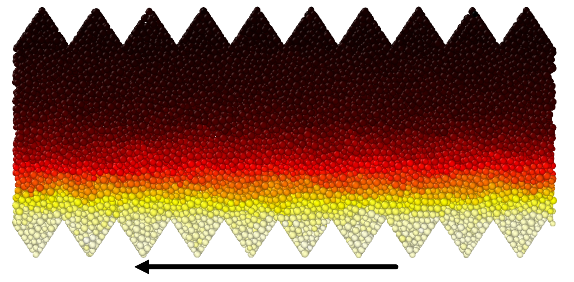
We also study the propagation of shear- and pressure-waves in static packings and in sheared granular media to study the composition of the shear band and the evolution of the material in stick-slip regime during the phase preceding a slip event and the start of friction recovery.
Publications
Lemrich L, Johnson P, Guyer R, Jia X, Carmeliet J. Grain-scale detection of weakening in granular media: a geometrical and dynamic analysis (in preparation)
DEM and CFD-DEM study of stick-slip in dry/saturated granular fault gouge
Granular materials are complex media playing role in plenty of physical phenomenon. The aim of our studies on this topic is to understand frictional behavior of granular materials, with application to stick-slip dynamics in fault gouge.
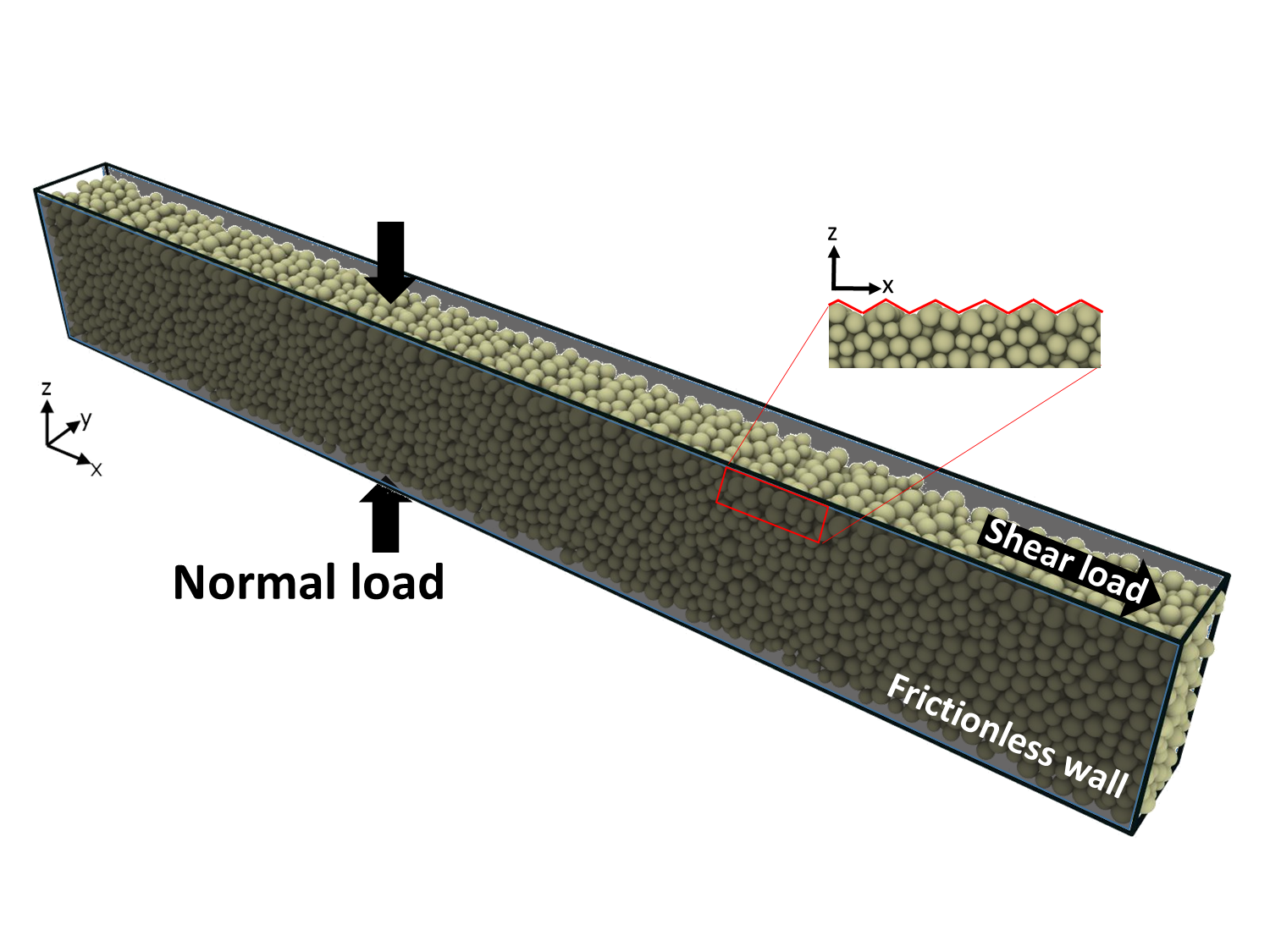
The study can be categorized as:
- To understand how fluids affect seismic cycles in terms of shear stress drop, inter-event time and mechanical weakening as observed in dry medium.
- Studding of precursory activities that are micro failures before big slip events.
- To understand triggering influence on stick-slip behavior of dry/saturated fault gouge.
Prof. Jan Carmeliet is leading this project in collaboration with Dr. Paul Johnson (LANL), Prof. Robert Guyer (University of Reno, LANL) and Prof Chris Marone (Penn. State University).
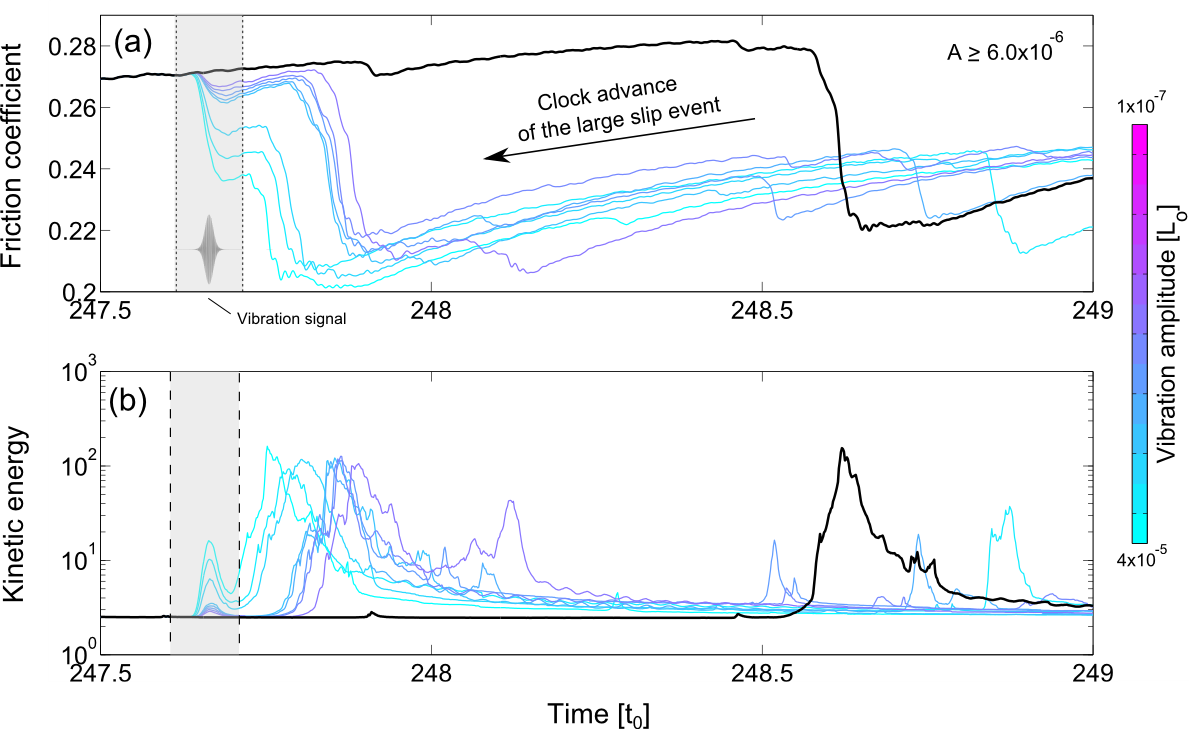
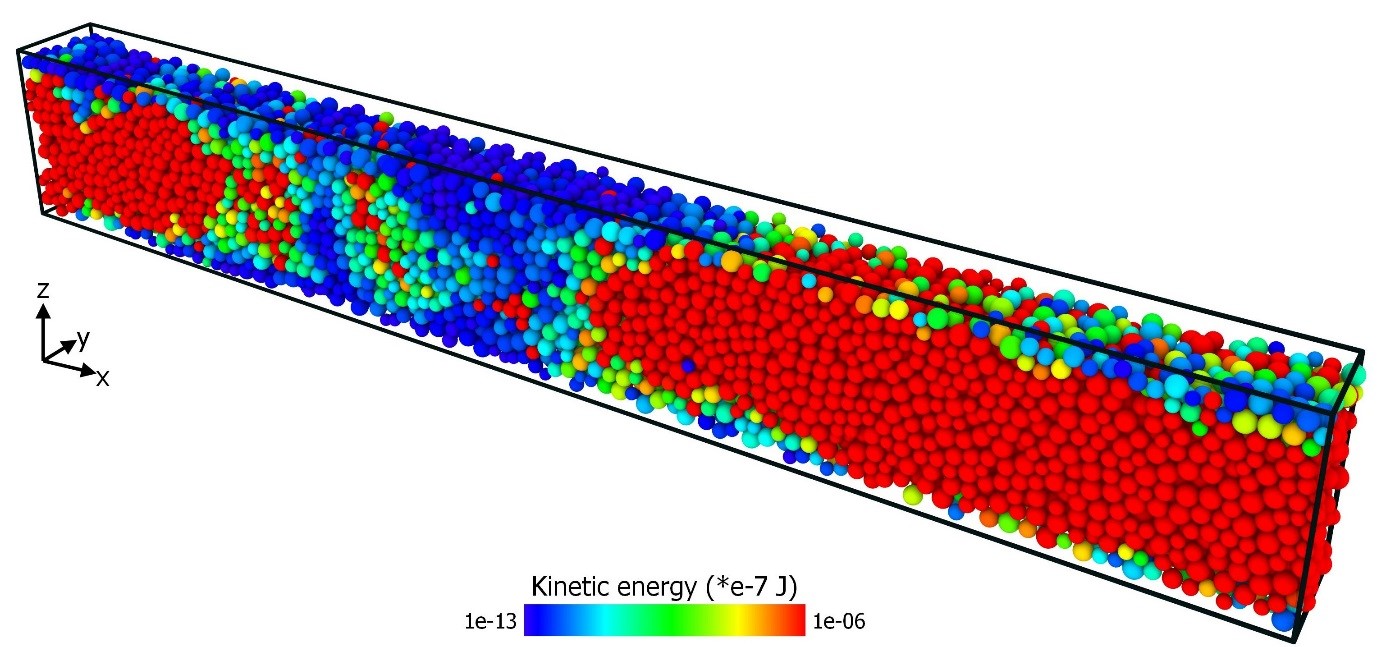
For more information, please contact: